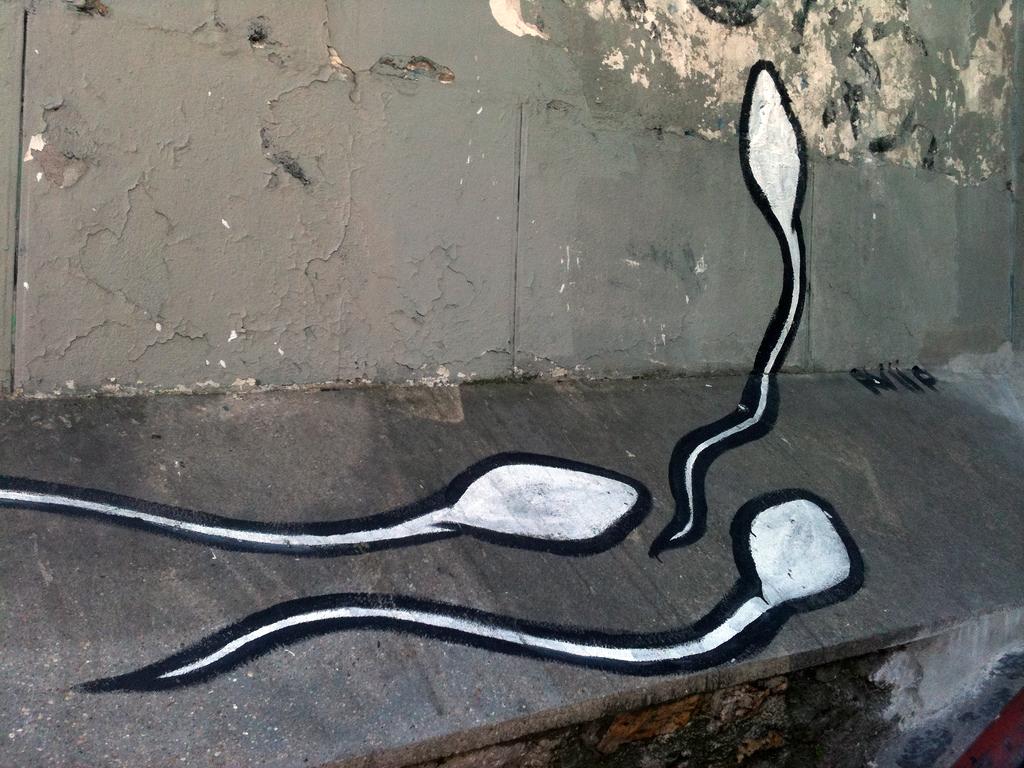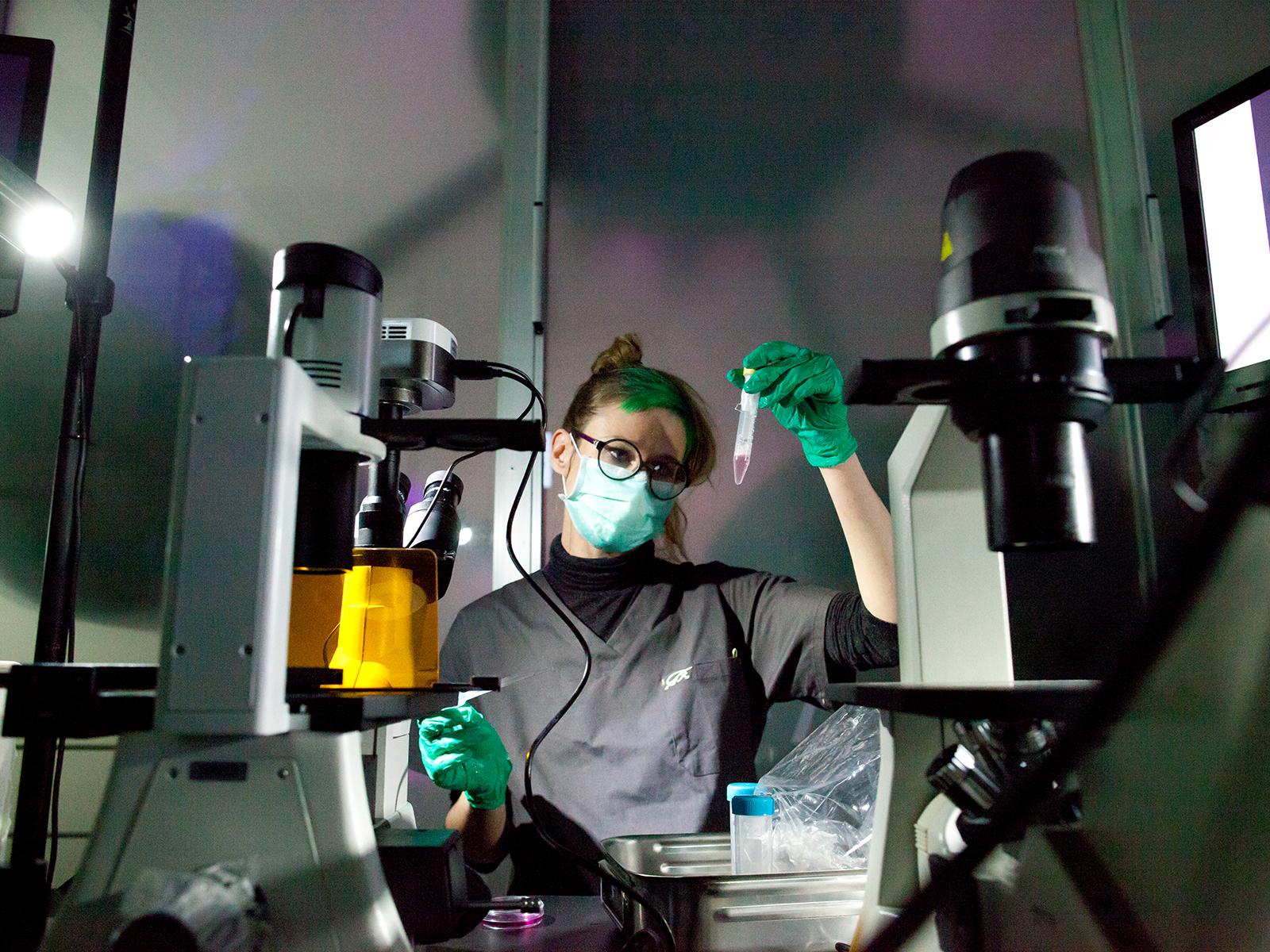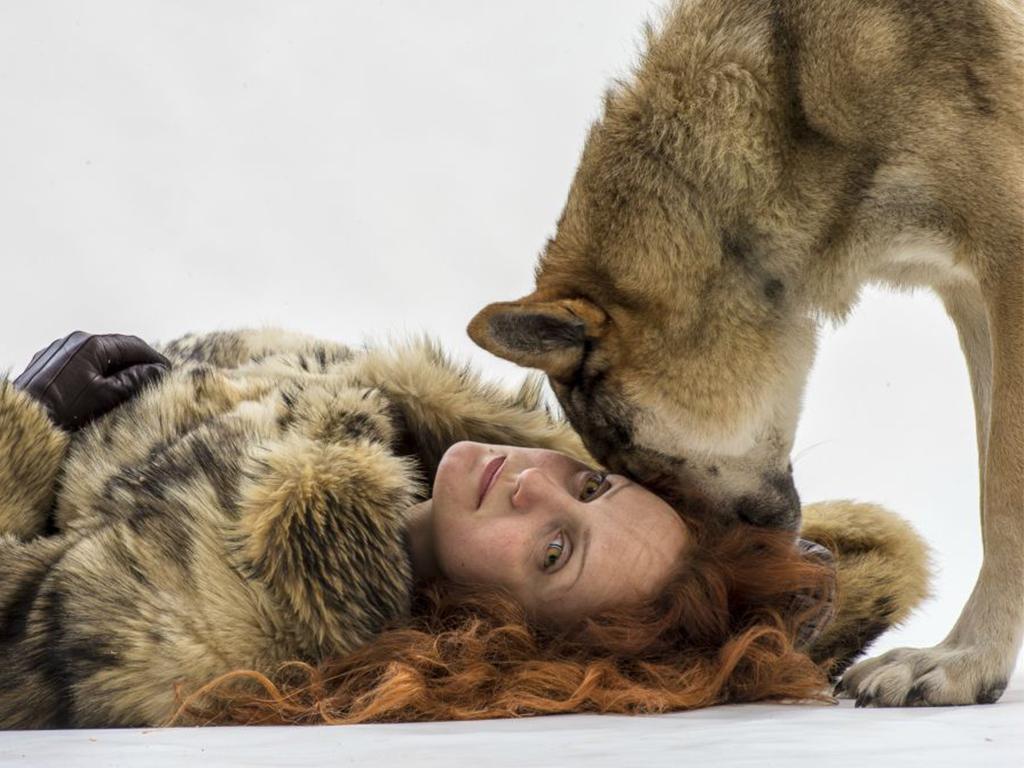By Vera Weetzel, intern Open Wetlab
The fourth edition of Trust Me, I’m an Artist took place at the Transmediale Festival in Berlin on February 5, 2016. The evening was introduced and moderated by Lucas Evers from Waag, and bio-artist, Howard Boland, of the art-science collective C-Lab presented his Cellular Propeller project to an ethics panel.
With Cellular Propeller, Boland seeks to investigate one of the possibilities of synthetic biology: the bringing together of organic and synthetic materials in the creation of new pseudo-organisms. Originally, he wanted to take heart cells from laboratory rats and place them on a synthetic mold to create a moving object. However, since artists – as Boland explains – are placed at the bottom of the list when it comes to accessing these materials, he decided to go with another type of cell. In this Trust Me, I’m an Artist project, Boland proposed to the ethics panel to use his own sperm cells.
Propelled by sperm
In this new proposal, Boland wants to use sperm cells to create a spinning disc. To side-step practical and ethical issues, he will initially be using his own sperm. Later, he told the panel, it would also be interesting to add the element of competition to the project: what happens when other men can also contribute their sperm and race the spinning rings against each other? The panel, consisting of Sabine Roeser, Ursula Damm and Philip Bayer and led by Bobbie Farsides, seemed especially fascinated by this aspect of his proposal, and wondered if it would be possible to do this performance with voluntary donors.
However, the use of sperm isn’t without it’s ethical complications. How can you recruit participants for this, and what risks come along with it? Although The Cellular Propeller may not be a proper fertility test, a participant may still get quite the scare if his sperm aren’t fast swimmers. The use of Boland’s own sperm isn’t so easy either, even though it is his own project. If he had really wanted to circumvent the ethical and practical issues of heart cells, other cell types – like muscle cells of laboratory mice – would have been much easier.
The panel wasn’t too sure about Boland’s intentions with the project, as these weren’t very clear from his introduction. He mentioned wanting to explore the behavior of the sperm cells in an artificial environment, but this aspect was ignored in the ethical discussion. Is it the sperm competition as a reflection on stereotypes of masculinity and virility that he wants to emphasize? Or is he intentionally making things difficult for himself by choosing controversial materials, and is he aiming to make a statement about the accessibility of science and biotechnology to artists? The latter statement is definitely relevant.
It may be interesting, and also necessary, to place Cellular Propeller in an ethical framework, but bioart should be able to investigate and challenge medical guidelines and biotechnologies. To give bio-artists like Boland the space to do this, guidelines are needed that fit them instead of trying to fit art into a medical box. Cellular Propeller already brings up these issues in its conceptual phase, so maybe fine tuning Boland’s intentions isn’t all that relevant. The discussion with the ethical panel showed that Cellular Propeller is already a starting point for this discussion, which may mean Boland has already reached his goal.
If you'd like to know more, please visit the Trust Me, I'm an Artist website.



